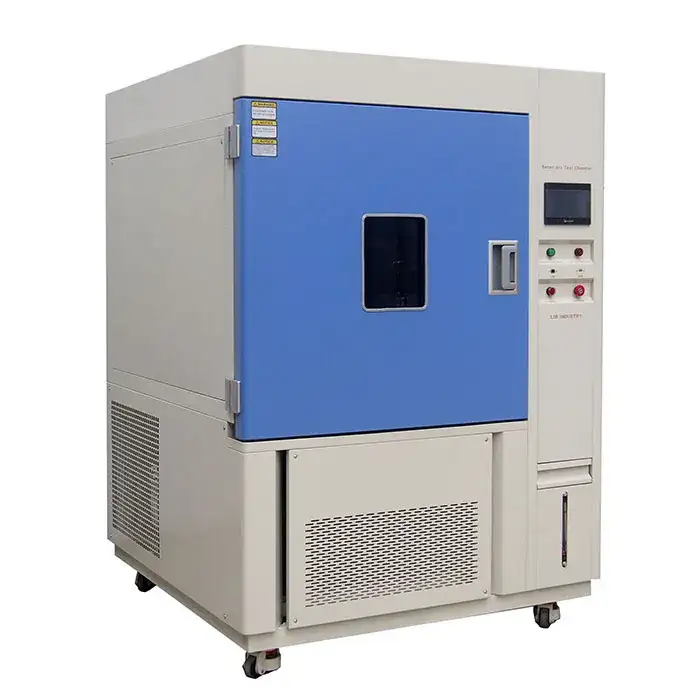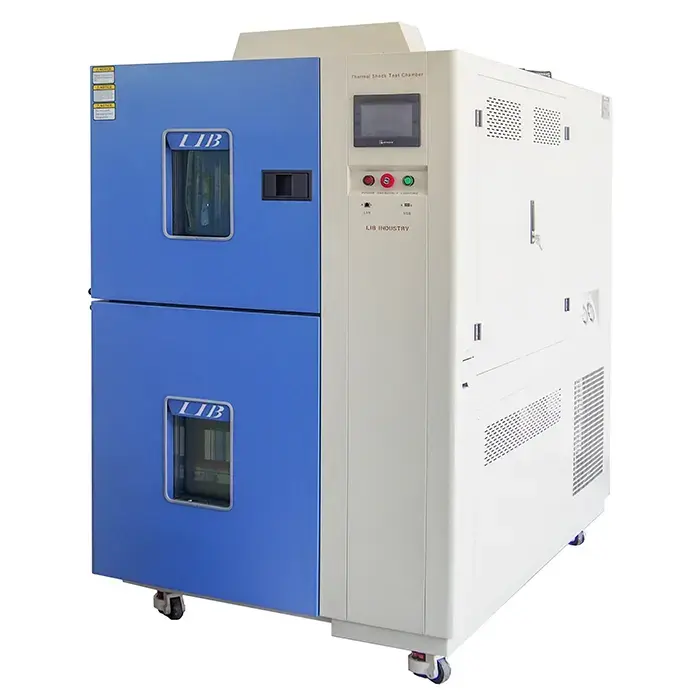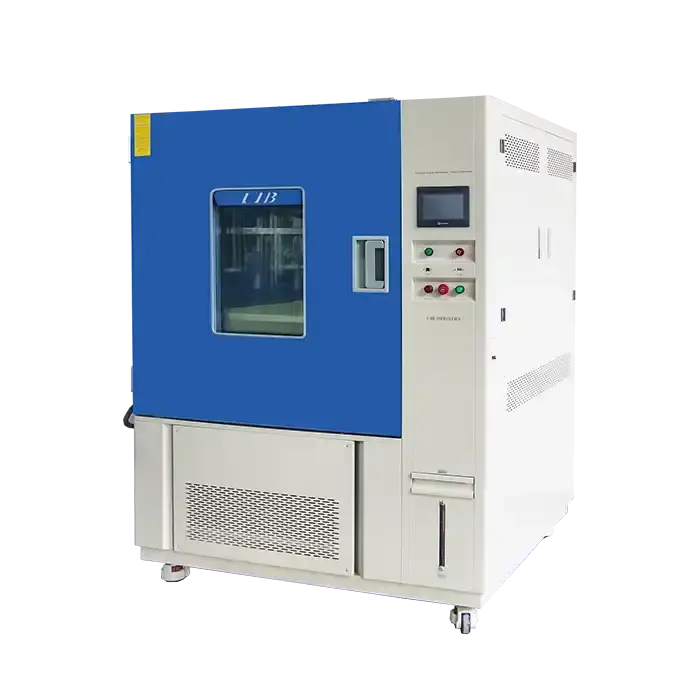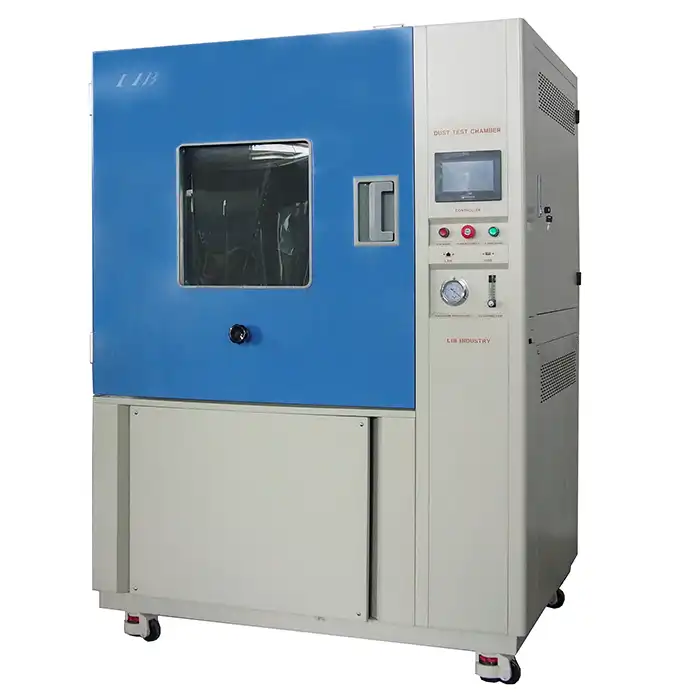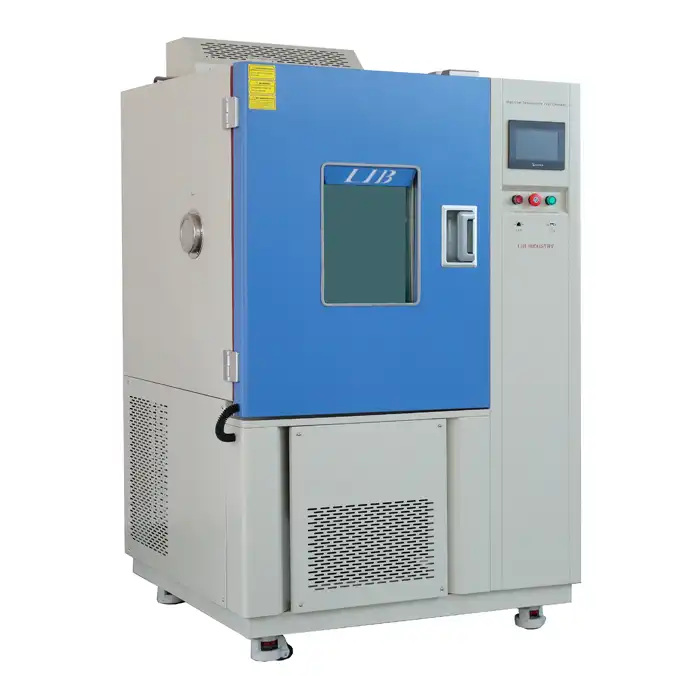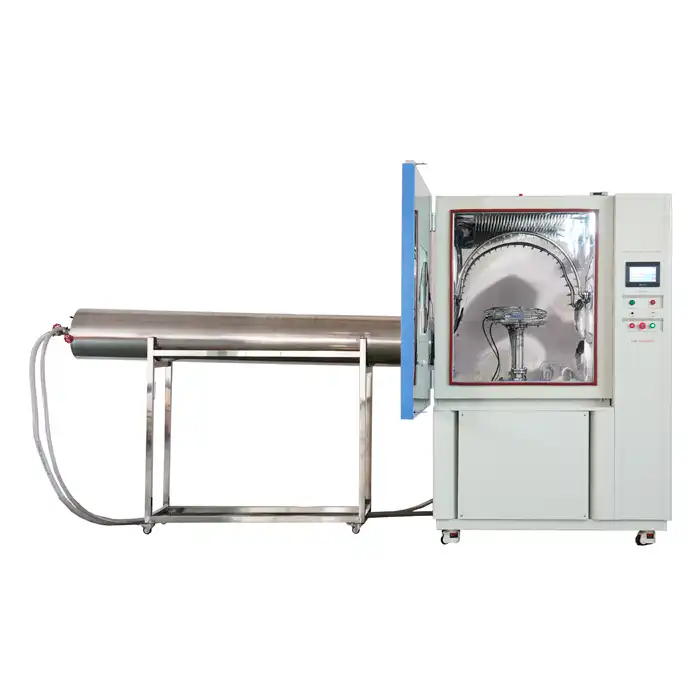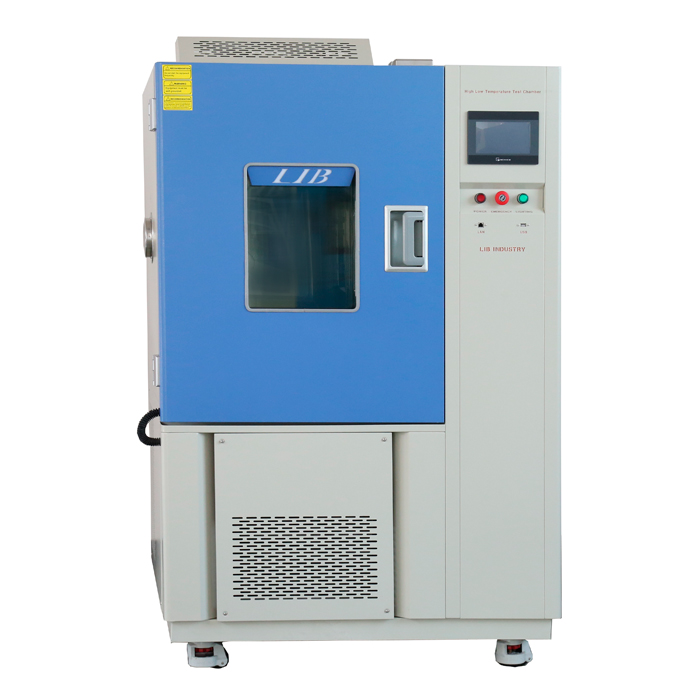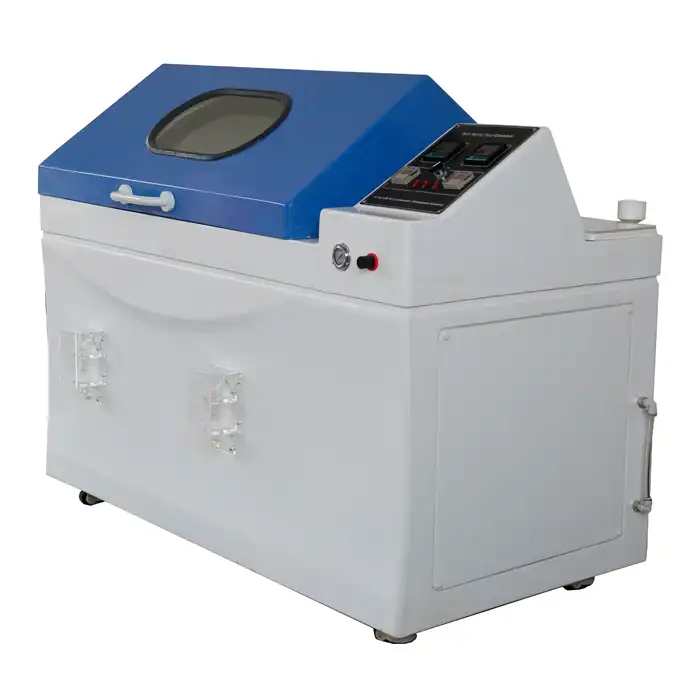What is the environmental test standard?
Testing standards using environmental test chambers are essential to guaranteeing the reliability and longevity of different products in the world of quality assurance and product testing. These standards provide a framework for evaluating product performance in a variety of environmental scenarios such as high humidity, high temperature, vibration, etc. Manufacturers, engineers, and quality control experts who want to build durable products that can survive harsh environments must understand these standards.
The Importance of Environmental Test Standards
Environmental test standards are vital for several reasons. They help ensure product safety, reliability, and performance across various industries. By subjecting products to simulated environmental conditions, manufacturers can identify potential weaknesses and make necessary improvements before the products reach consumers.
Ensuring Product Quality and Reliability
One of the primary purposes of environmental test standards is to guarantee product quality and reliability. These standards outline specific procedures and criteria for evaluating how products perform under different environmental stresses. By adhering to these standards, manufacturers can produce items that are more likely to withstand the rigors of everyday use and extreme conditions.
Compliance with Industry Regulations
Many industries have specific regulations that require products to meet certain environmental test standards. Compliance with these standards is often mandatory for product certification and market entry. By following established environmental test standards, companies can ensure their products meet regulatory requirements and avoid potential legal issues.
Enhancing Customer Satisfaction
There's a greater chance that products that have undergone extensive testing of environmental test chamber will function properly in actual use. Increased client pleasure and loyalty result from this. Businesses can establish a reputation for manufacturing dependable, high-quality products that either meet or surpass customer expectations by investing in environmental testing and compliance with set standards.
Types of Environmental Test Standards
Various industries use a variety of environmental test standards. These norms cover a great many natural factors and test strategies. Understanding the various kinds of guidelines can assist makers with picking the most proper tests for their items.
Temperature and Humidity Standards
Temperature and humidity tests are two of the most popular environmental tests. Products' performance in extreme heat, cold, and varying levels of humidity are evaluated using these standards. For instance, while IEC 60068-2-2 covers dry heat tests, IEC 60068-2-1 focuses on cold tests. Products whose lifecycles may involve exposure to a variety of climates must pass these tests.
Vibration and Shock Standards
Shock and vibration tests using an environmental test chamber mimic the mechanical stresses that products might experience while being transported or used. These tests are guided by standards like ISO 16750-3 and MIL-STD-810G. Electronic devices, automotive components, and aerospace equipment that may be subjected to significant impacts or vibrations require these standards to be met.
Electromagnetic Compatibility Standards
Electromagnetic compatibility (EMC) standards ensure that electronic devices can function correctly in the presence of electromagnetic interference. Standards like IEC 61000 series provide guidelines for testing electromagnetic emissions and immunity. These tests are crucial for electronic products to prevent interference with other devices and ensure proper functionality in various electromagnetic environments.
Implementing Environmental Test Standards
Successfully implementing environmental test standards requires careful planning, appropriate equipment, and expertise. Companies must consider several factors to ensure their testing processes align with industry standards and produce reliable results.
Selecting the Right Environmental Test Chamber
An essential piece of equipment for carrying out environmental tests is an environmental test chamber. The extremes of temperature, humidity, and altitude can all be simulated using these chambers. While choosing an ecological test chamber, it's essential to consider factors, for example, the chamber's size, temperature range, dampness control capacities, and consistence with important norms. The dependability of your product testing procedure can be ensured by selecting an environment-friendly test chamber that produces results that are both precise and repeatable.
Developing Test Procedures
Making extensive test strategies is fundamental for carrying out ecological test principles successfully. Each test's specific steps, parameters, and criteria should be outlined in these procedures. It's critical to tailor these procedures to your products' individual characteristics and align them with industry standards. Documented test procedures aid in troubleshooting any issues that may arise during testing and ensure consistency across test runs.
Training and Expertise
Proper implementation of environmental test standards requires skilled personnel who understand the nuances of environmental testing. Investing in training programs for your team can help ensure that tests are conducted correctly and results are interpreted accurately. Additionally, staying updated on the latest developments in environmental test standards and technologies is crucial for maintaining a competitive edge in product quality and reliability.
Conclusion
In conclusion, environmental test standards are indispensable tools for ensuring product quality, reliability, and safety across various industries. By understanding these standards and implementing them effectively, manufacturers can produce products that withstand real-world conditions and meet customer expectations. Investing in proper testing equipment, such as high-quality environmental test chambers, and developing robust testing procedures are key steps in this process. As technology advances and consumer expectations continue to rise, the importance of adhering to and evolving with environmental test standards will only grow.
If you want to learn more about environmental test chamber or need assistance in selecting the right equipment for your needs, feel free to contact us at info@libtestchamber.com. Our team of experts is here to help you navigate the complexities of environmental testing and ensure your products meet the highest standards of quality and reliability.
References
1. International Electrotechnical Commission. (2016). IEC 60068-2-1:2007 Environmental testing - Part 2-1: Tests - Test A: Cold.
2. Department of Defense. (2008). MIL-STD-810G: Environmental Engineering Considerations and Laboratory Tests.
3. International Organization for Standardization. (2013). ISO 16750-3:2013 Road vehicles — Environmental conditions and testing for electrical and electronic equipment — Part 3: Mechanical loads.
4. International Electrotechnical Commission. (2016). IEC 61000 series: Electromagnetic compatibility (EMC).
5. ASTM International. (2016). ASTM D4169-16 Standard Practice for Performance Testing of Shipping Containers and Systems.
6. Society of Automotive Engineers. (2013). SAE J1211: Recommended Environmental Practices for Electronic Equipment Design in Heavy-Duty Vehicle Applications.



